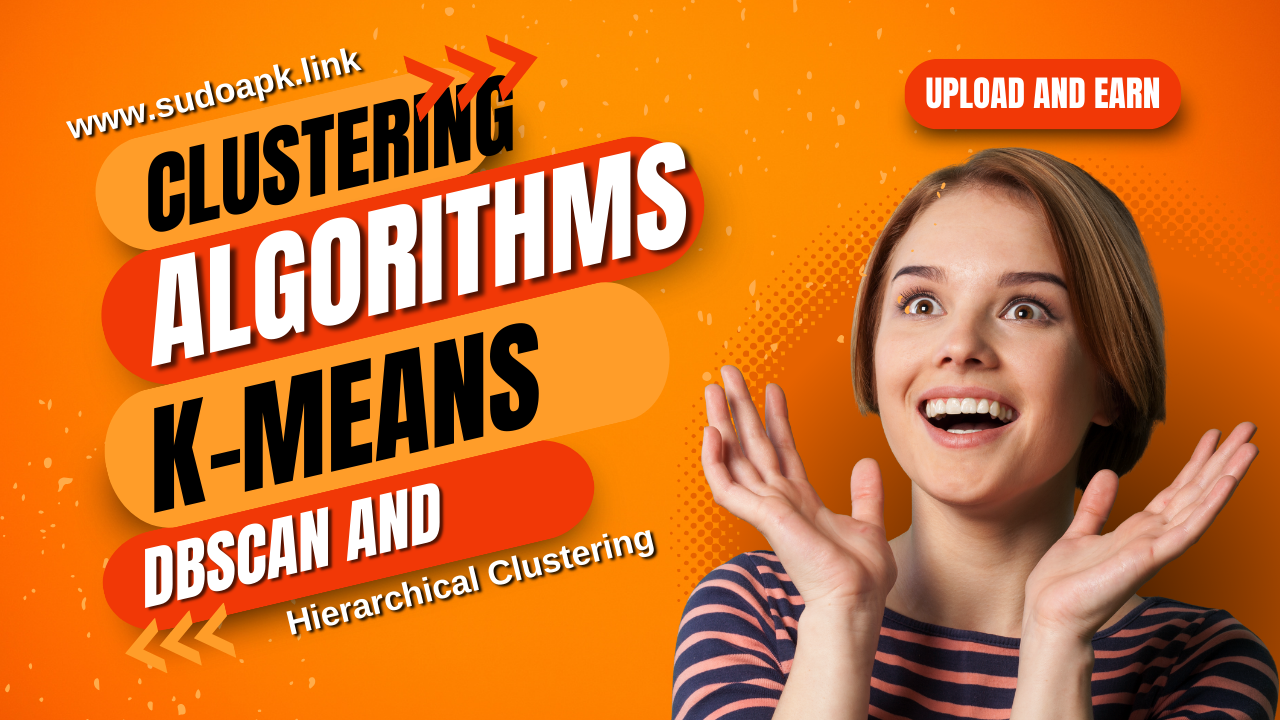

Clustering Algorithms: K-means, DBSCAN, and Hierarchical Clustering
Clustering represents an unsupervised learning technique for grouping unlabeled datasets based on inherent data similarities and differences across multidimensional attributes. It allows discovering intrinsic patterns to inform downstream analyses.
Below we explore leading clustering algorithms - from essential K-means to density-based DBSCAN methods and hierarchical approaches. Implementation techniques demonstrate applicability across industries leveraging diverse data structures.
What is Clustering?
Clustering algorithms segment datasets containing items described across a set of features into multiple groups reflecting observed commonalities. Items within a cluster remain highly similar while drastically differing from other clusters.
For example, shoppers may cluster based on purchase habits or patient medical records might cluster from comorbidities. Clustering uncovers such insights without predefined training labels to guide analysis - an inherently more challenging task.
Good clusters optimize two key traits: cohesion and separation. Members demonstrate high internal similarity reflected by cohesion while clear separation divides groups based on defined metrics. Optimizing these traits allows revealing the best data-driven category structures.
Choosing Clustering Approaches
Many clustering paradigms and algorithms exist suited for particular data needs:
Connectivity Models
Algorithms like hierarchical clustering create cluster connectivity maps representing dataset topology through models like dendrograms without requiring target cluster quantities. This flexibility suits exploratory analysis.
Centroid Models
Algorithms group data points based on relative proximity to dynamically computed cluster centers or centroids. K-means represents the seminal example - efficient for moderately sized data.
Distribution Models
Model underlying density distributions and use metrics like kernel density estimation to isolate high-density clusters among lower-density partitions. Useful for probabilistic insights.
Density Models
DBSCAN and OPTICS leverage local point density gradients to grow clusters. They handle outliers well and derive nuanced groups unlike centroid techniques but scale poorly.
Based on data size, dimensionality and clustering purpose, these models each provide unique advantages.
K-means Clustering
K-means serves as the most popular and approachable clustering technique for core machine learning literacy. We will walk through intuition and application:
Intuition
K-means accepts a predefined number k of clusters to discover. It begins by randomly assigning k centroid seeds marking preliminary cluster centers. Iteratively each point gets assigned to its nearest cluster based on features before recomputing an average centroid location from members.
Repeated centroid updates start partitioning the feature space into Voronoi cells enclosing each clusters. Iterations run until convergence when stable cells emerge reflecting distribution.
Steps in K-Means
- Randomly instantiate k cluster centroids
- Assign points to nearest cluster by distance
- Recompute centroid of each cluster
- Repeat assignment of points to centroids
- Track changes and iterate until convergence
This straightforward approach works well for compact, hyperspherical groupings across many problem domains. Optimized variants enhance stability.Next we explore an important density-based technique before contrasting against hierarchical approaches.
Density-Based Spatial Clustering (DBSCAN)
Unlike centroid-focused systems, DBSCAN leverages local point density gradients to grow clusters. Key traits:
Density Reachability
The core concept defines density connectivity between points based on a radius epsilon surrounding a core point containing sufficient neighbors as defined by minSamples. Varying epsilon changes cluster inclusiveness.
Cluster Growth
Groupings grow from cores through neighbor chains without requiring pre-set quantities. This flexibility captures intricacies missed by k-means tradeoffs.
Noise Handling
DBSCAN inherently handles outliers and noise through filtering points lacking enough neighbors as either noise or border instances. This makes it exceptionally robust.
Together these attributes empower discovering groups despite uneven densities and arbitrary shapes - overcoming simplistic circular clusters. The cost comes in poorer computational scaling.
Comparing Hierarchical Clustering Approaches
We finish our tour of major techniques by contrasting Single vs Complete Linkage hierarchical clustering:
Single Linkage
A “connectedness” algorithm where groups merge based on minimum pairwise member distances across branches of a hierarchy. Chains receive priority leading to trailing selections.
Complete Linkage
An “inclusiveness” algorithm combining clusters using maximum pairwise distances. Tight homogeneous groups emerge but outliers easily get excluded due to strict distances.
Dendrogram Visualization
Hierarchical clustering gets visualized through a dendrogram tree graph depicting fused similarity levels and cluster branching from individual leaf points upwards using link heights on a scale. Branch lengths illustrate relative cohesion with longer segments implying weaker bonds. Cluster selection gets represented by horizontal cut lines sawing dendrograms at heights keeping desired group quantities.
Careful experimentation provides intuition on strengths of each approach based on data overlap levels.
Assessing Clustering Performance
Unlike supervised classification models, clustering lacks singular ground truth benchmarks for easy analysis. But several best practices guide evaluation:
Internal Validation
Internal schemes assess model fitness using inherent information like examining cluster density, spacing, and coherence metrics. Improved scores signal tighter groups.
External Validation
Outside metadata provides semantics for interpreting cluster groups when available through techniques like manual assignments or secondary label-based classifiers trained on cluster outputs.
Relative Validation
Contrasting multiple algorithm performances using metrics like Silhouette Coefficients provides relative insights into optimal techniques for given data types. Together model analysis illuminates strengths.
Now we shift focus towards real-world applications.
Industry Use Cases Benefitting from Clustering
Myriad business operations leverage clustering insights for informing decisions:
Customer Segmentation
Grouping diverse customers into behaviorally distinct categories allows personalized engagement strategies matched to segment needs as well as targeting profitable niches.
Product Recommendations
Similar products cluster based on features like genres or specifications. Similarity calculations then suggest relevant recommendations appealing to user preferences.
Supply Chain Optimization
Mapping distribution networks using features like transit connectivity and logistical constraints provides data-driven regional groupings for optimizing warehouses, inventory, and coordinating efficient deliveries.
Insurance Risk Pooling
Grouping policyholders based on metrics like demographics and preexisting conditions enables actuaries to model coverage pools for balancing pricing and financial risks.
Together these use cases demonstrate ubiquitous utility of clustering techniques across sectors.
Advances Expanding Clustering Methods
While seminal algorithms still dominate, modern research pushes new frontiers:
Probabilistic Clustering
Techniques like Expectation Maximization introduce probability distributions over cluster assignments for members. This provides confidence levels while handling uncertainty.
Subspace Clustering
Detecting clusters observable only across subsets of features spaces handles scenarios where coordinating dependencies among attributes guide underlying patterns rather than gross metrics across all dimensions.
Ensemble Clustering
Aggregating multiple distinct but weak cluster configurations provides consolidated signals strengthening collective stability. Useful for reconciling overlapping density models like k-means and DBSCAN into unified structures.
Together these expansions augment classical algorithms with contemporary strengths.
FAQs - Clustering Concepts
How does semi-supervised learning apply to clustering?
Semi-supervised guidance like injections of constraints and pairwise hints allows existing labels to steer unsupervised learning without requiring complete manual oversight. This balances automation with human guidance.
Do clusters need separation gaps between groups?
Not necessarily - discrete groupings rely on inherently blurred boundaries with transition zones between adjacent clusters. Hard separations imply oversimplified modeling failing to capture intricacies within continuity.
How to determine number of clusters k automatically?
Cluster validation metrics analyze model performance across range of tested k values with techniques like elbow method identification and gap statistics spotting inflection points of diminishing returns for additional clusters against stability.
Why perform dimensionality reduction prior to clustering?
Consolidating attributes into principal components mitigates the “curse of dimensionality” plaguing distance-based density models allowing cleaner feature separation. It also improves computation performance.
When does clustering analysis become misleading or ineffective?
Constraint-free applications risk devolving into statistical gerrymandering body-fitting groups onto arbitrary shapes with weak generalizable meaning. Domain guidance and multiple testing provide rigor against purely data-driven overfitting.
In summary, clustering supplies an essential toolkit for unsupervised machine learning tasks that segment intrinsic dataset patterns to inform downstream processes - and innovations will only continue advancing applicability further.
Popular articles
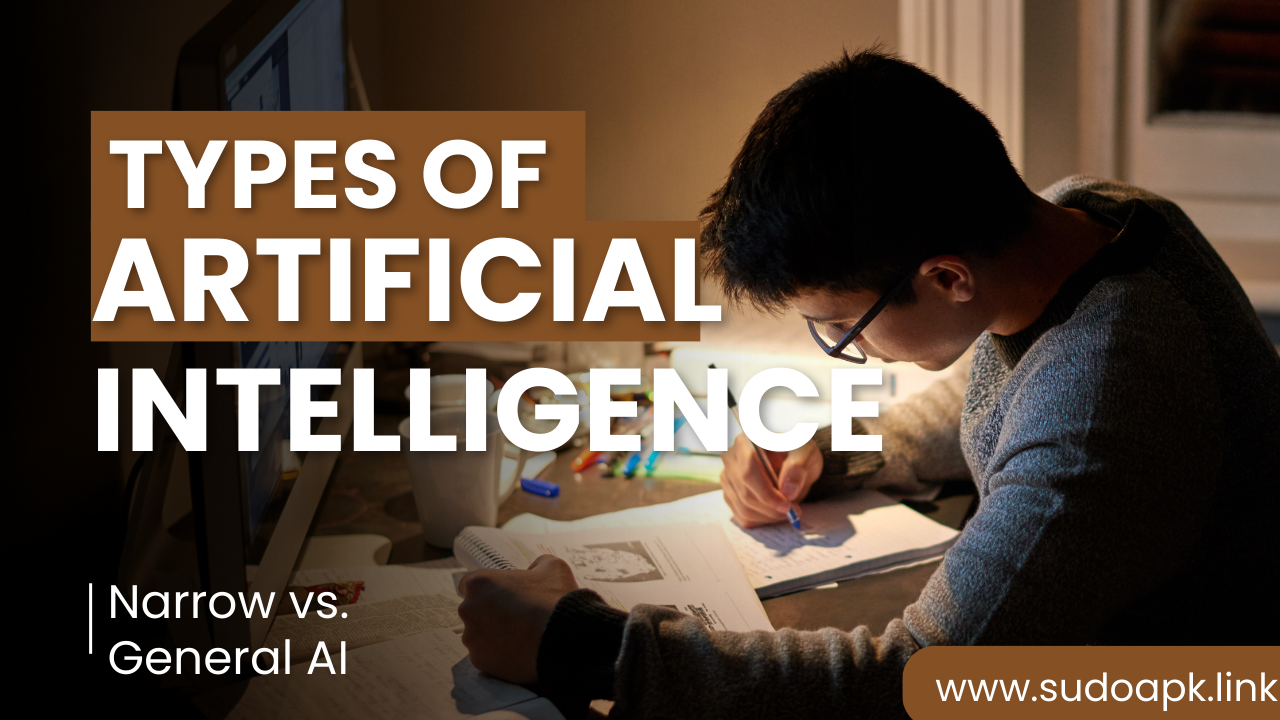
Dec 31, 2023 07:04 AM
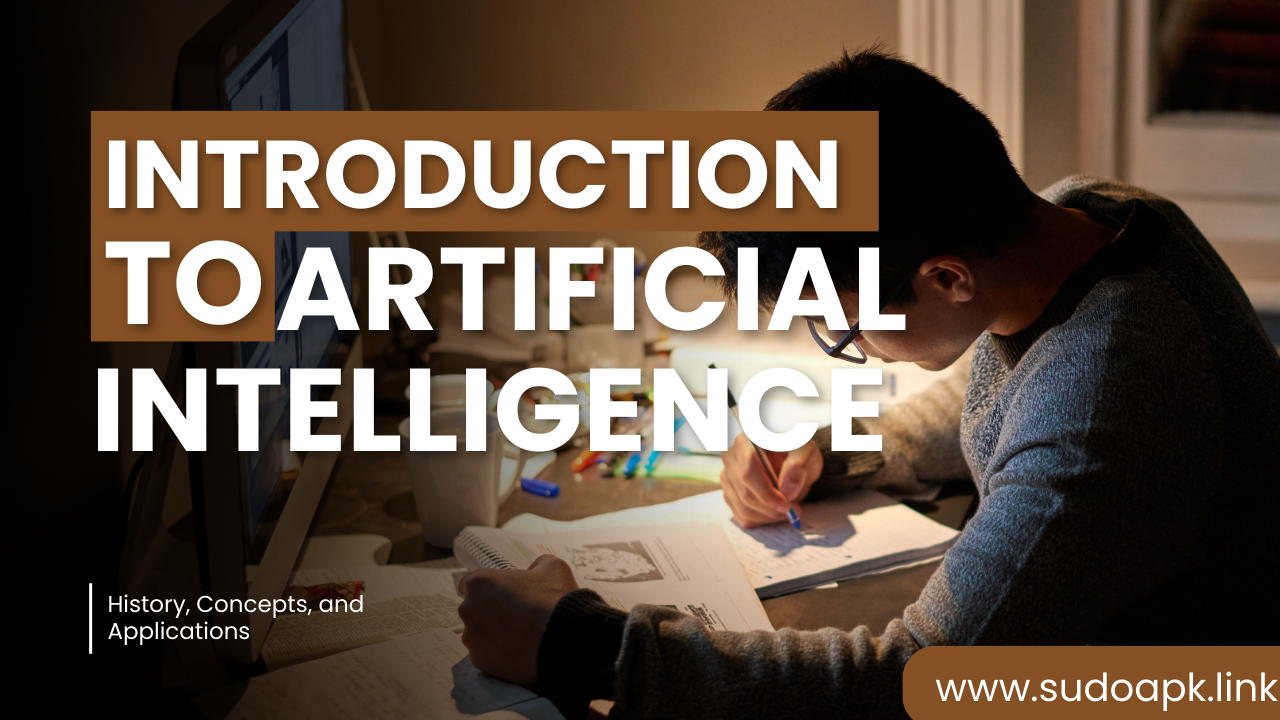
Dec 31, 2023 06:48 AM
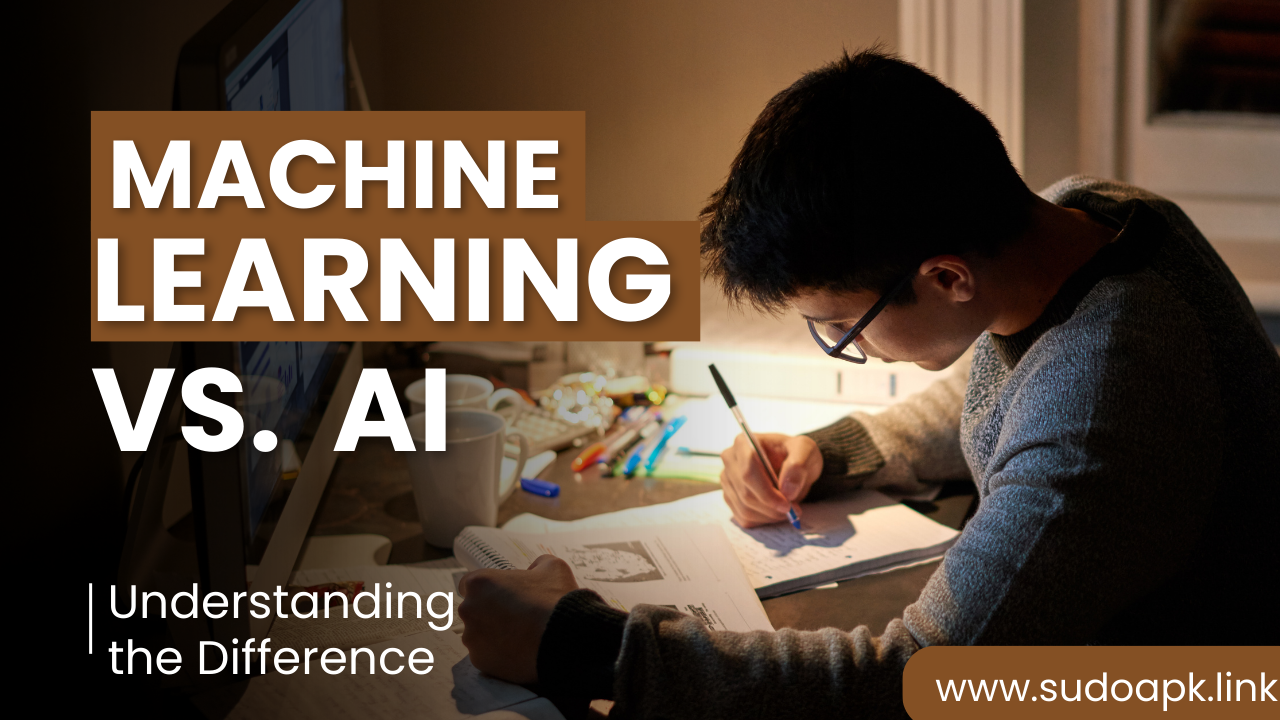
Dec 31, 2023 07:12 AM
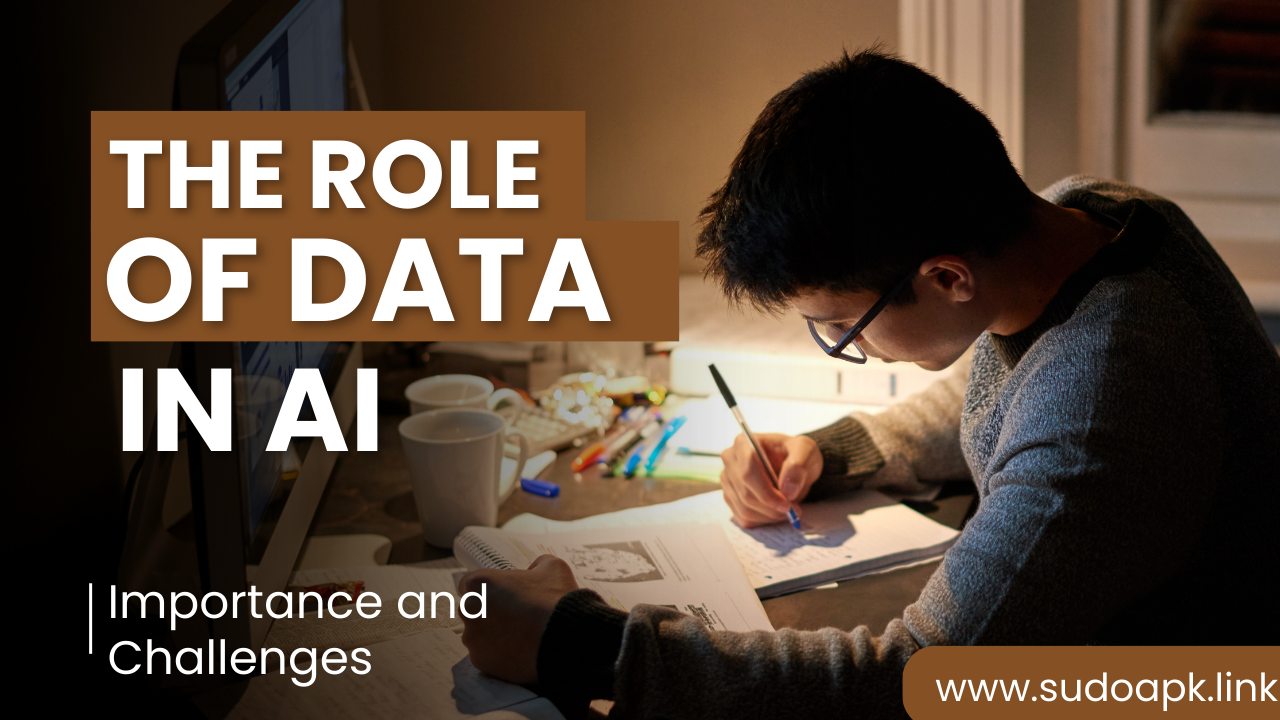
Dec 31, 2023 07:22 AM
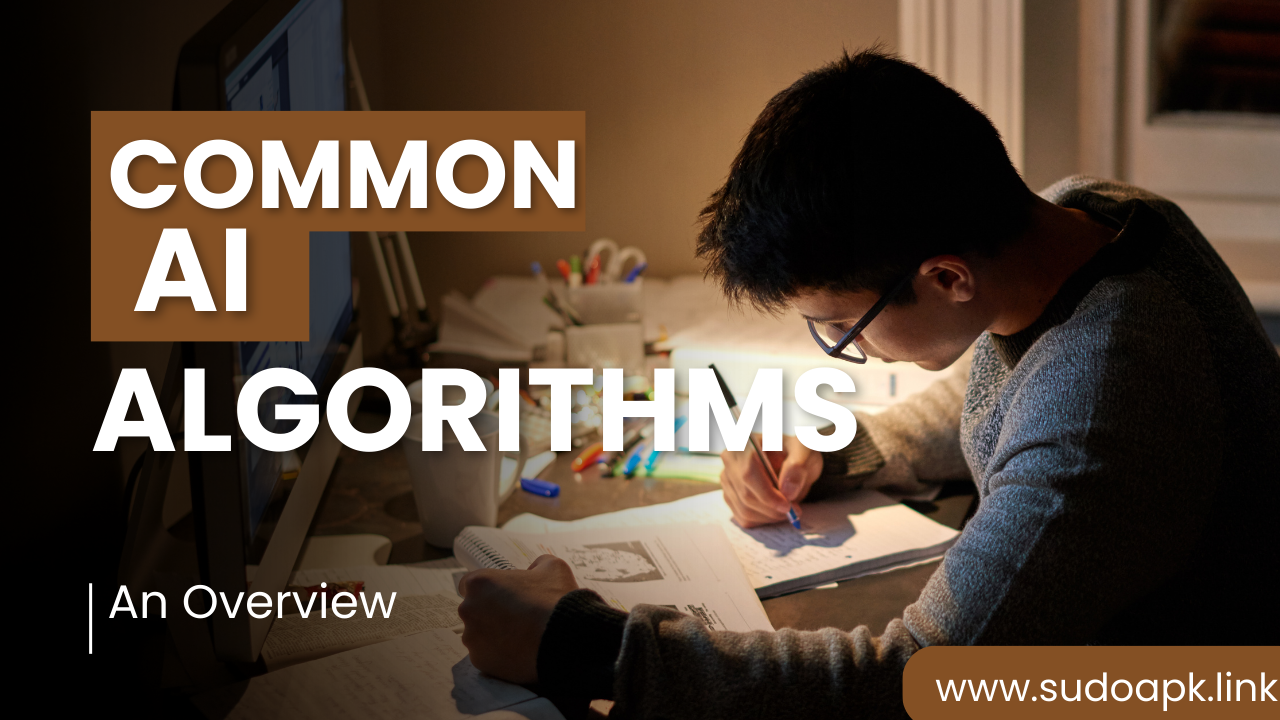
Dec 31, 2023 07:17 AM
Comments (0)